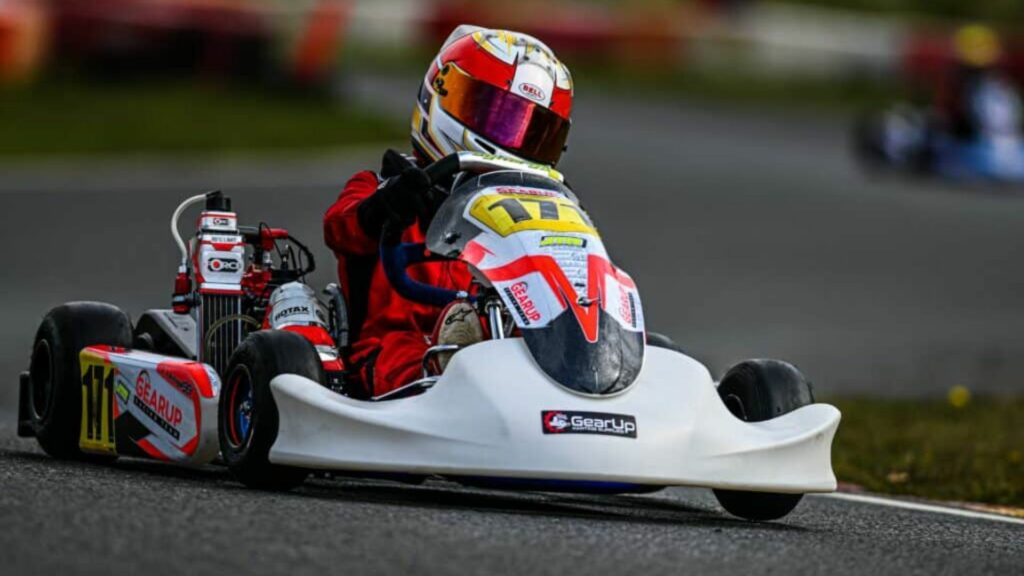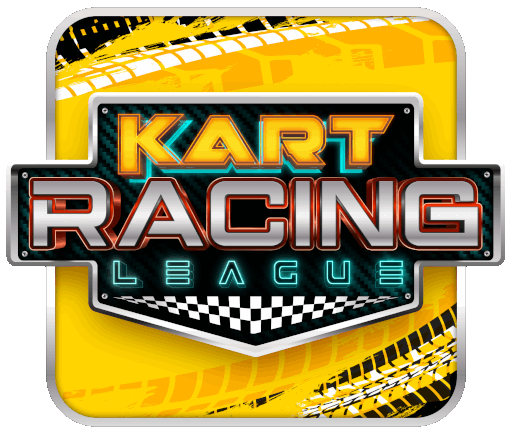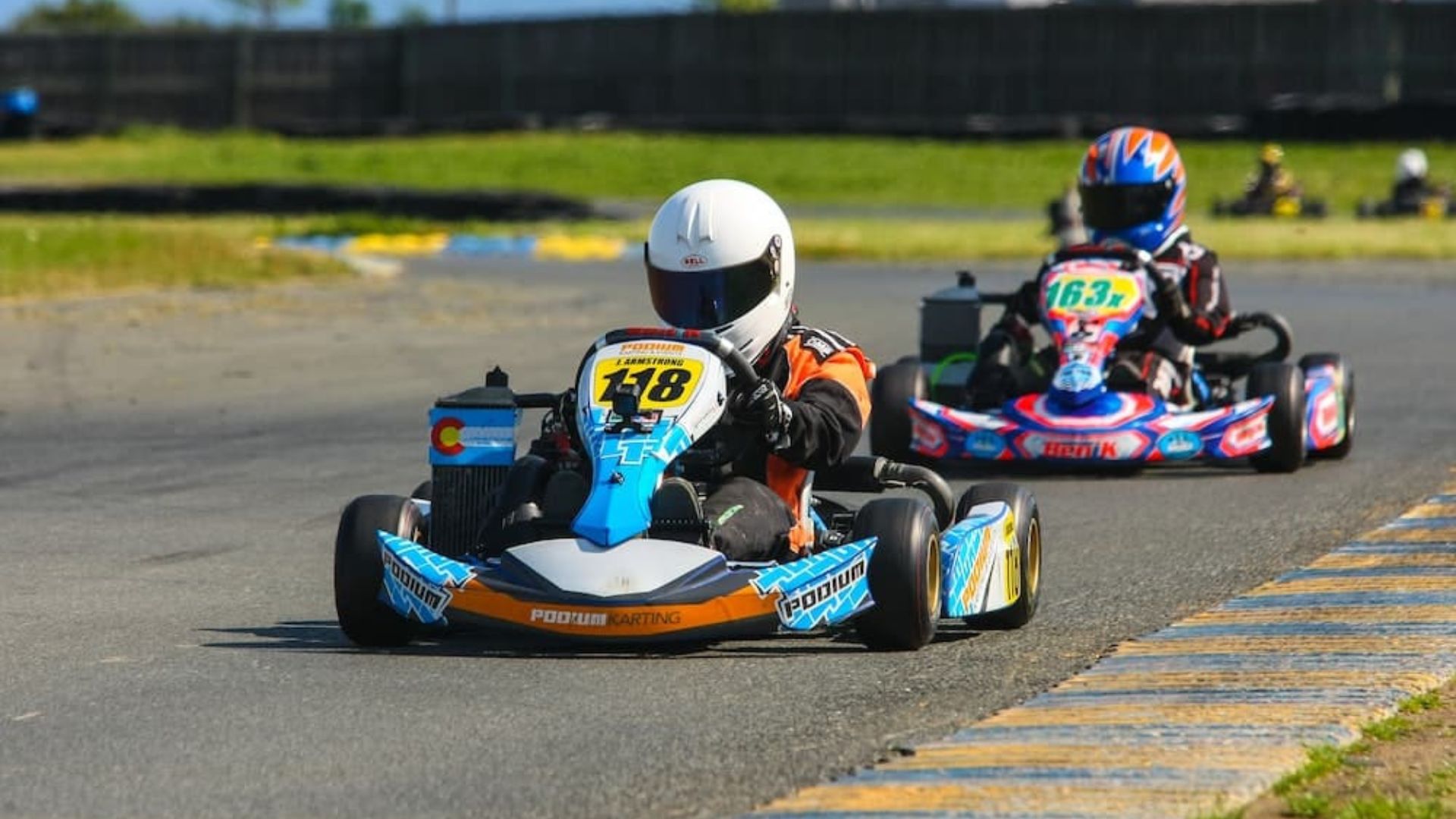Top Speeds in Go-Kart Racing reveals a surprising reality behind what is often considered a leisurely pastime or birthday party entertainment. Delving deeper into this world unveils thrilling motorsport where speeds can rival those of high-performance vehicles. Despite their small size, go-karts can reach impressive velocities, thanks to factors like engine power, aerodynamics, and track conditions.Furthermore, as enthusiasts and competitors alike push the limits of these agile machines, go-kart racing continues to captivate with its adrenaline-fueled excitement and the quest for faster lap times on the track.
The Heart of a Go-Kart’s Speed
To begin with, at the heart of a go-kart’s speed lies its engine. Measured in cubic centimetres (cc), engine size directly correlates with horsepower and, consequently, top speed. Here’s a breakdown of how engine size affects speed
Small Engines (50cc – 125cc)
These engines, often found in rental karts or junior racing categories, prioritize ease of control over raw speed. Speeds typically range from a gentle 35 mph (56 km/h) for 50cc karts to a more exciting 70-80 mph (112-128 km/h) for 125cc machines.
Medium Engines (200cc – 250cc)
This is where things start to get interesting. Here, we see a significant jump in performance. Mid-range karts, used in competitive amateur and professional leagues, can reach speeds exceeding 100 mph (160 km/h).
Big Guns (Over 250cc)
These are the top dogs of the go-karting world. Packing powerful engines exceeding 250cc, some souped-up karts can achieve mind-bending speeds close to 150 mph (241 km/h). A prime example is the Daymak C5 Blast, a record-holder reaching 60 mph (96 km/h) in a blistering 1.5 seconds, surpassing even high-end sports cars in acceleration.

The Track Factor
Additionally, the racetrack itself plays a crucial role in determining a go-kart’s achievable speed. Longer tracks with expansive straightaways naturally allow karts to reach their top speeds. Conversely, tracks with tight corners and chicanes (a series of closely spaced cones or turns) prioritize handling and agility over raw speed.
Here’s how track design influences speed:
Long straights
More so, these sections allow karts to build momentum and reach their maximum velocity. Tracks with multiple long straights, like some outdoor circuits, are ideal for high-speed racing.
Technical tracks
Tracks with numerous tight corners and sharp turns demand precise driving techniques and prioritize handling over outright speed. While top speeds might be lower, the thrill of mastering these technical tracks is undeniable.
Safety First
Go-karting, despite its miniature size, can be a surprisingly dangerous sport if safety isn’t prioritized. Here’s how safety considerations influence top speeds
Restrictions for beginners
Track design for safety
Track design incorporates safety features like runoff zones and barriers to mitigate the risks associated with high speeds. This allows organizers to offer higher speeds on tracks with proper safety measures in place.
Driver skill and experience
As driver skill and experience progress, racers can graduate to tracks and karts with higher speeds. Furthermore, this staged approach ensures safety while allowing experienced drivers to push the limits.
The Future of Go-Karting Speeds
Moreover, the quest for speed is a constant theme in motorsports, and go-karting is no exception. Advancements in engine technology, aerodynamics, and lightweight materials could push the boundaries of go-kart speeds even further in the future. Electric go-karts, with their instant torque and lower centre of gravity, are also emerging as strong contenders. As battery technology improves, electric karts could potentially rival or even surpass traditional gas-powered machines in terms of speed and performance.
Conclusion
In conclusion, go-karting offers a thrilling mix of speed, skill, and strategy. While engine power plays a key role, track design and safety considerations significantly influence achievable speeds. Additionally, as technology evolves and safety measures improve, the future of go-karting promises even higher speeds and more exhilarating racing experiences. So, whether you’re a seasoned racer or a curious newcomer, go-karting offers a unique opportunity to experience the exhilaration of speed in a controlled and accessible environment.

